Koshi Tappu Wildlife Reserve Travel Guide
Discover the Natural Wonders of Koshi Tappu Wildlife Reserve
An Overview of Nepal’s Protected Areas
Nepal is home to a remarkable variety of protected areas, including 12 national parks, 6 conservation areas, and 1 wildlife reserve. Among these, the Koshi Tappu Wildlife Reserve stands out as a must-visit destination for nature enthusiasts.
Exploring Koshi Tappu Wildlife Reserve
A Birdwatcher’s Paradise
Koshi Tappu, the smallest national park in Nepal’s Terai region, is a haven for birdwatchers. However, you don’t need to be an avid bird enthusiast to enjoy its beauty. The reserve offers a delightful walk through diverse habitats that anyone can appreciate.
Scenic Trails and Rich Wildlife
The park features an ideal mix of rivers, ponds, wetlands, and paddies, all intersected by a long, straight, paved trail that makes navigation easy. With thin foliage allowing for long-distance viewing, you can spot a variety of bird species during a single 90-minute, 6-kilometer walk. It’s akin to observing tropical fish on a coral reef, but on land.
The Majestic Arna
A special highlight is a detour to the nearby Sapt Kosi River, where you can witness the endangered arna, a type of water buffalo. These impressive animals are known for their massive horns and tend to roam in herds.
Activities in Koshi Tappu Wildlife Reserve
Bird Watching
The Koshi Tappu Wildlife Reserve is located in the Terai region of eastern Nepal, covering 175 square kilometers (68 square miles) of wetlands across the Sunsari, Saptari, and Udayapur Districts. Established in 1976 and designated as a Ramsar site in December 1987, the reserve is a protected haven for a myriad of bird species. It features extensive mudflats, reed beds, and freshwater marshes in the floodplain of the Sapta Kosi River, with altitudes ranging from 75 to 81 meters (246 to 266 feet).
Wildlife Encounters
The reserve is home to Nepal’s last remaining population of wild water buffaloes, which has grown to approximately 432 individuals. Other mammals include the Asian elephant, spotted deer, hog deer, wild boar, smooth-coated otter, and golden jackal. The Koshi River is also a habitat for the endangered Ganges river dolphin.
Vegetation and Ecosystem
The vegetation in Koshi Tappu is characterized by mixed deciduous riverine forests, grasslands, and marshy areas. Grasslands cover 68% of the area, while forested regions account for about 6%, predominantly Indian rosewood. The diverse plant species include kapok, sugarcane, reed, cattail, and various aquatic plants like Eichhornia, Hydrilla, Azolla, and lotus.
Fauna of Koshi Tappu
Aquatic and Terrestrial Species
Koshi Tappu’s watercourses and ponds are home to around 200 species of fish. The reserve also houses two toad species, nine frog species, six lizard species, five snake species, and eleven turtle species. Both gharial and mugger crocodiles inhabit the area.
Mammals and Their Habitat
The reserve hosts 31 species of mammals, including the Asian elephant, gaur, and blue bull. Efforts are underway to potentially transfer some wild water buffaloes to Chitwan National Park to reintroduce natural predators like tigers, leopards, and dholes, which have been absent from Koshi Tappu for decades.
Birdlife Diversity
Among the 485 bird species recorded, notable ones include the watercock, Indian nightjar, dusky eagle-owl, black-headed cuckooshrike, whitetailed stonechat, and Pallas’s fish eagle. The reserve is also home to the swamp francolin and rufous-vented grass babbler. In 2011, 17 Bengal floricans were recorded in the area, highlighting its importance for bird conservation.
Koshi Tappu Wildlife Reserve Itinerary
Day 1: Arrival and Introduction
- Flight to Biratnagar: Transfer from Kathmandu to Biratnagar Airport.
- Drive to Koshi Tappu Wildlife Camp: Receive a warm welcome, followed by a nature walk for bird watching.
- Evening: Cultural program and briefing about the next day’s activities.
Day 2: Full Day Excursion
- Morning: Breakfast followed by a full-day boat and jeep safari.
- Activities: Observe waders, waterfowl, birds of prey, marsh crocodiles, otters, wild water buffalo, and Ganges river dolphins.
- Evening: Dinner and a briefing for the next day’s program.
Day 3: Bird Watching and Nature Walks
- Morning: Bird watching nature walk.
- Activities: Spot swamp partridge, black-necked stork, buntings, and bulbuls. Enjoy an elephant-back safari.
- Evening: Dinner and a briefing for the next day’s activities.
Day 4: Departure
- Morning: Early bird watching and breakfast.
- Transfer to Biratnagar: Fly back to Kathmandu.
Practical Tips for Your Visit
- Cash: Ensure you carry enough cash, as there are no ATMs in the reserve area.
- Clothing: Dress modestly and be prepared for varying weather conditions.
- Respect Local Customs: Always ask for permission before taking photos of locals.
- Health Precautions: Stay hydrated and take preventive measures against altitude sickness if you plan to explore higher elevations nearby.
Koshi Tappu Wildlife Reserve: A Hidden Gem of Nepal
Koshi Tappu Wildlife Reserve is a shining example of successful nature conservation in South Asia. Established in 1976, this reserve was created to protect the last remaining population of Asiatic Wild Buffaloes in Nepal. Spanning 175 sq. km, it is situated in the subtropical inner Terai lowlands of southern central Nepal and has become a haven for birdwatchers and nature enthusiasts.
A Birdwatcher’s Paradise
Koshi Tappu is recognized as one of the finest birding sites in Asia, boasting more than half of Nepal’s recorded bird species. The reserve’s diverse habitats include wetlands, grasslands, and riverine forests, providing a sanctuary for numerous bird species. It’s no wonder that Koshi Tappu is Nepal’s only Ramsar Site, a designation for wetlands of international significance.
Wildlife and Vegetation
Mammals and Aquatic Life
Besides the Asiatic Wild Buffalo, the reserve is home to the elusive Gangetic Dolphin and Fishing Cat. The varied water bodies within the reserve support a rich diversity of aquatic life and mammals.
Flora
The vegetation in Koshi Tappu is characterized by mixed deciduous riverine forest, grasslands, and marshy areas. The annual flooding and wildlife grazing help maintain these grasslands, which cover 68% of the reserve.
Activities and Excursions
Guided Tours
At Koshi Camp, knowledgeable and enthusiastic naturalists guide visitors through various activities, including nature walks, boat rides, bicycle trips, and 4-wheel drive safaris. These experts provide deep insights into the local birdlife and other wildlife, enhancing your experience.
Extended Stays
For those staying longer, excursions extend to the nearby Sal forests north of the reserve at Patnali and Dharan. Combining your visit with a short rafting journey, trek, or wildlife tour of the eastern Himalayas is also possible.
Essential Items to Bring
When visiting Koshi Tappu, ensure you pack:
- Binoculars
- Day-pack and water bottle
- Hiking boots
- Sun cream, hat, and glasses
- Personal medical supplies (we also have a general medical kit at the camp)
- Reading materials
- Flashlight and batteries
- Camera and film
- Pocket knife
- Insect repellent
- Natural-colored clothing
Best Time to Visit
The best time to visit Koshi Tappu is from October to May, aligning with Nepal’s peak tourist season. This period is ideal for observing winter migratory birds. While the monsoon season from May to September is wetter, special arrangements can be made for visits during these months. For a comprehensive experience, we recommend a minimum stay of 3 nights and 4 days.
Background and Conservation
Koshi Tappu Wildlife Reserve stands as a testament to Nepal’s commitment to conservation. The reserve was established not only to protect the unique wildlife but also to maintain the ecological balance of the region. The inclusion of Koshi Tappu in the UNESCO World Heritage list in 1984 highlights its global significance.
Addressing Human-Wildlife Conflict
Efforts to mitigate park-people conflict have been ongoing. Wild water buffaloes and wild boars are known to raid crops, while illegal grazing and poaching are persistent issues. Continued conservation efforts aim to balance the needs of local communities with wildlife protection.
Conclusion
Koshi Tappu Wildlife Reserve offers a unique and enriching experience for birdwatchers and nature lovers alike. With its diverse habitats, rich wildlife, and dedicated conservation efforts, it remains a must-visit destination in Nepal. Whether you’re on a short visit or an extended stay, Koshi Tappu promises an unforgettable encounter with nature
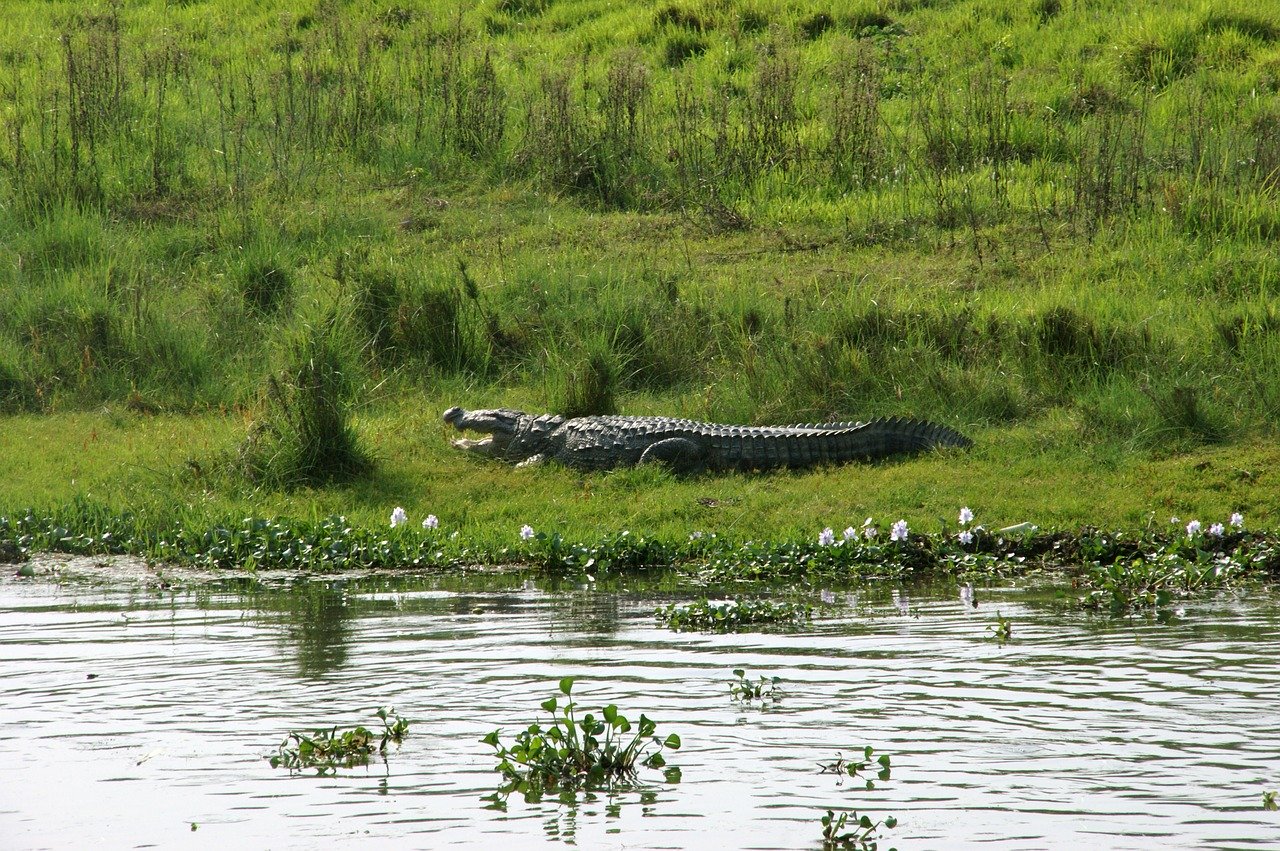
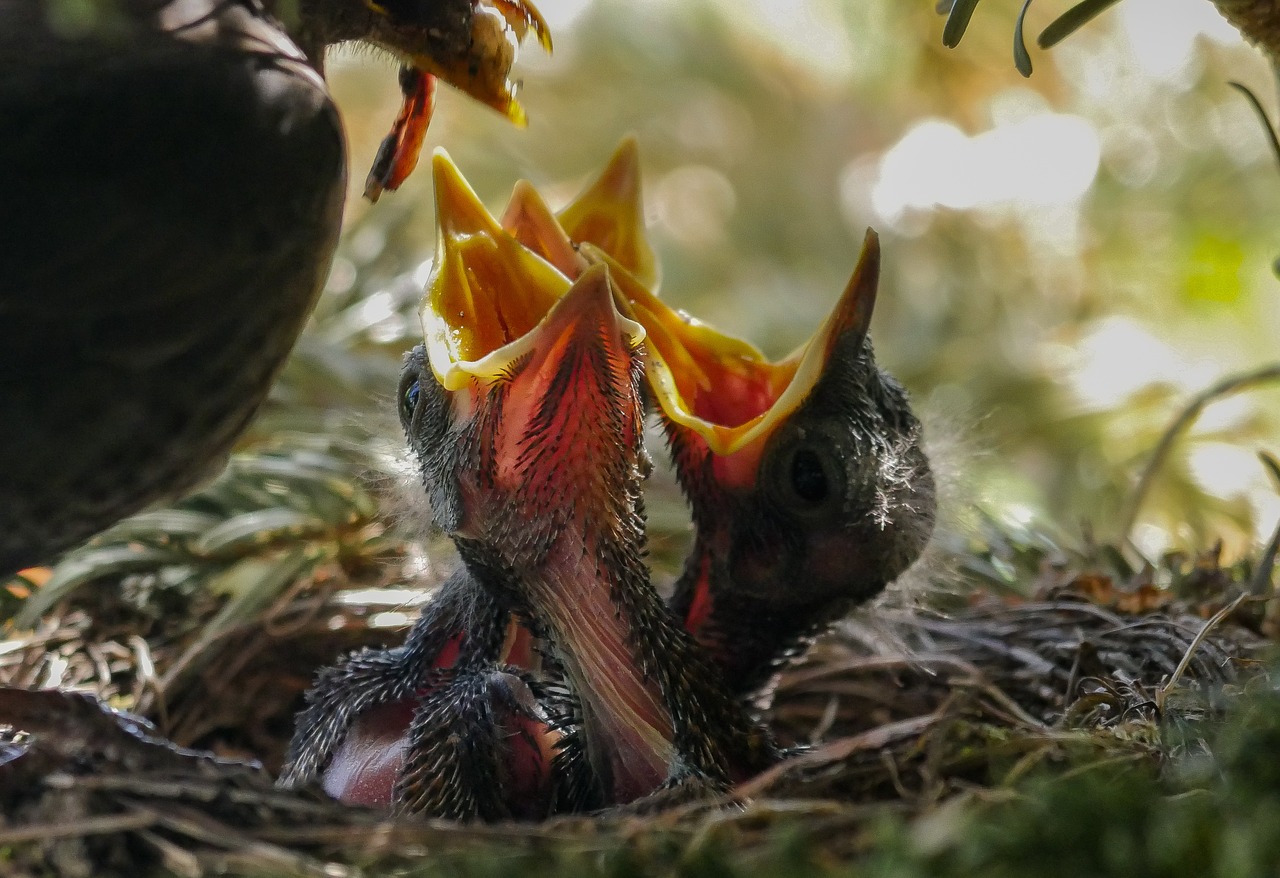
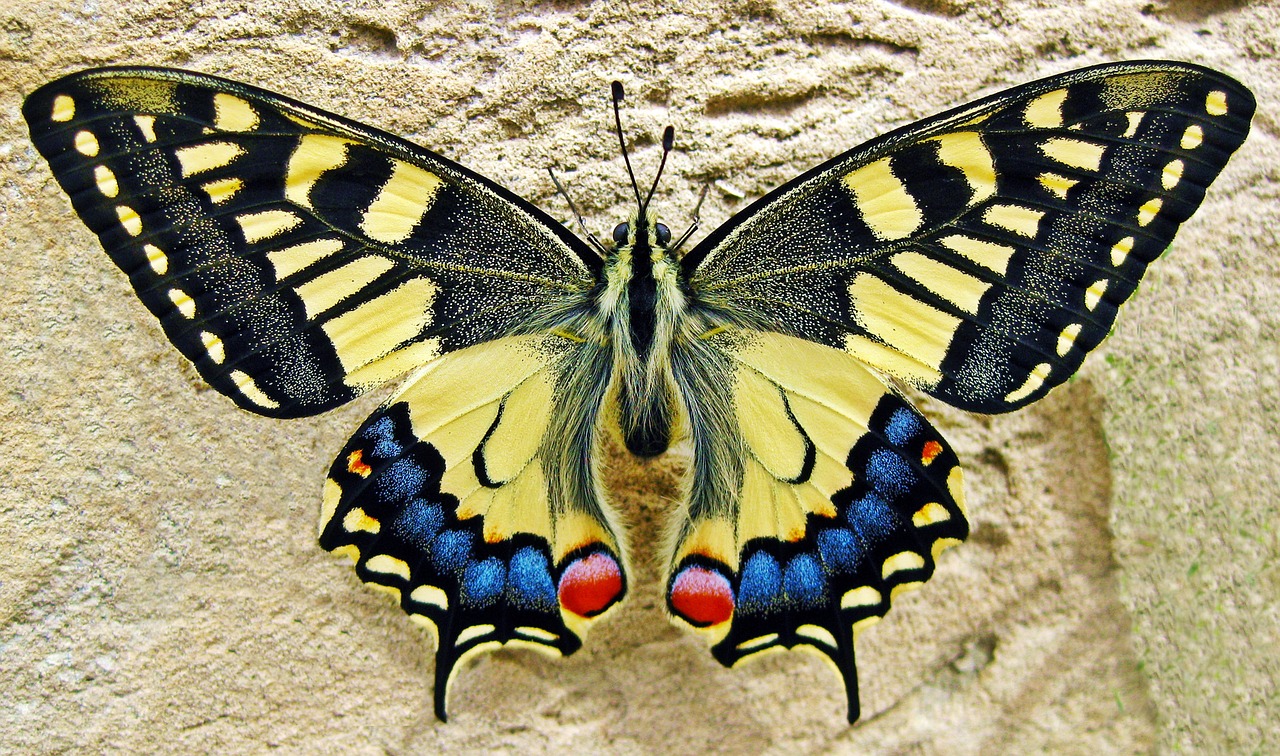

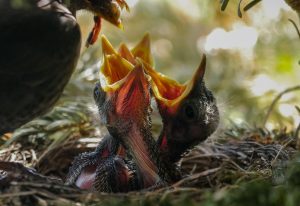
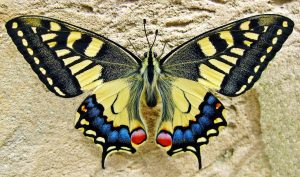
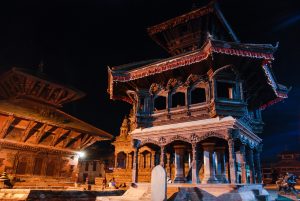
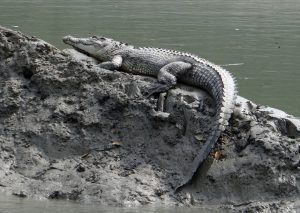
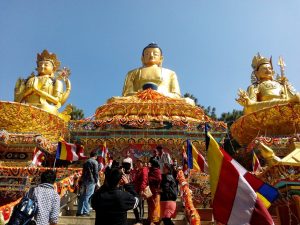

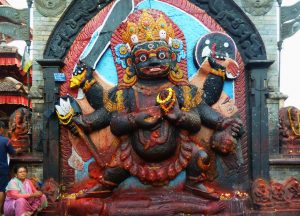
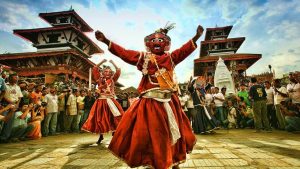
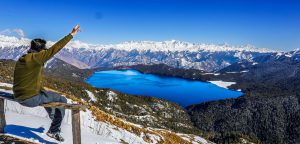
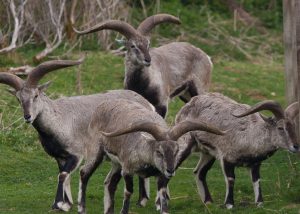
32 comments